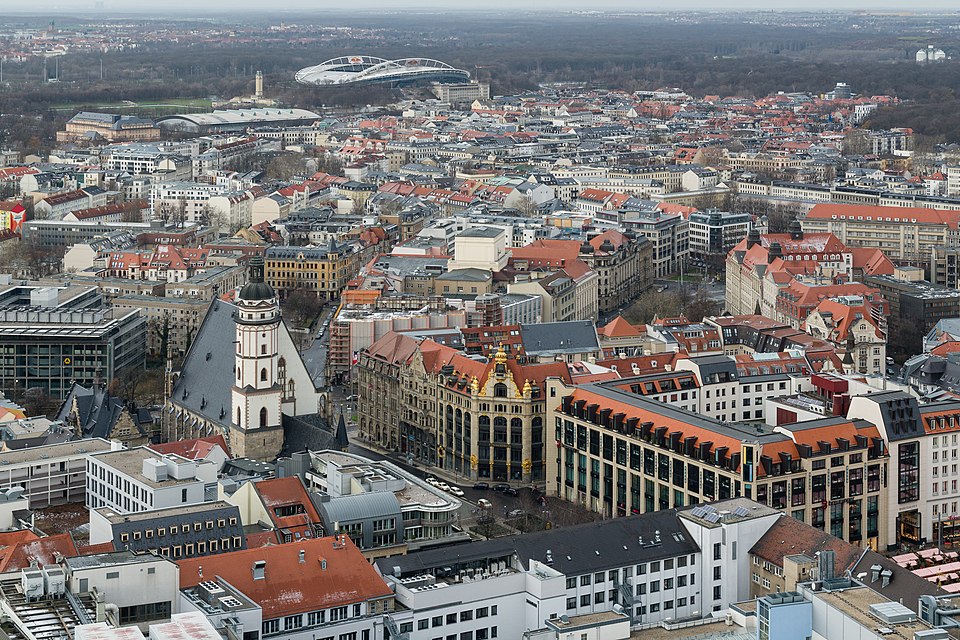

Curated experiences in Leipzig




The 43 m (141 ft) tall Kroch high-rise in Leipzig was the first high-rise building in the city. It was …

The Alte Waage, in English: Old Weigh House, is a building that stands on the north side of the Markt …




The Natural History Museum in Leipzig (German: Naturkundemuseum Leipzig) is a natural history museum in the city of Leipzig, Germany, …


The St. Thomas Church (German: Thomaskirche) is a Lutheran church in Leipzig, Germany, located at the western part of the …


The Schillerhaus is a small former farmhouse in the Leipzig district of Gohlis (Menckestraße 42). Friedrich Schiller lived on the …

The Gohlis Palace (in German: Gohliser Schlösschen) is a Rococo building in the Leipzig borough of Gohlis, Germany, built as …


The Alte Handelsbörse or Alte Börse (Old exchange) in Leipzig, Saxony, Germany, is the city's oldest assembly building of merchants, …

The Museum der bildenden Künste (German: "Museum of Fine Arts") is a museum in Leipzig, Saxony, Germany. It covers artworks …

The Monument to the Battle of the Nations (German: Völkerschlachtdenkmal) is a monument in Leipzig, Germany, to the 1813 Battle …

The Old Town Hall (German: Altes Rathaus), which dominates the east side of the Markt square in Leipzig's district Mitte, …

Create a personalized itinerary and unlock the finest experiences Leipzig has to offer
Plan Your Trip